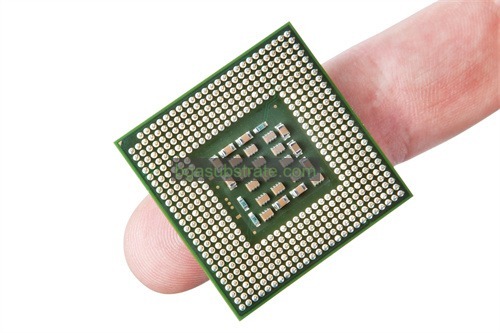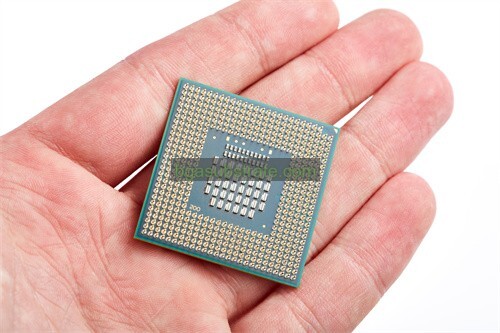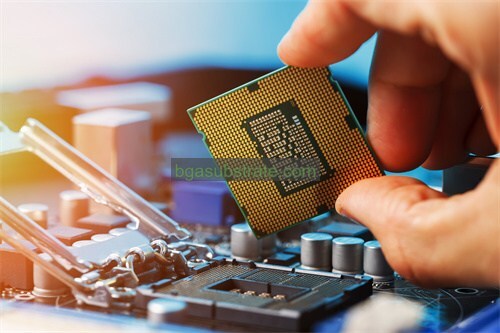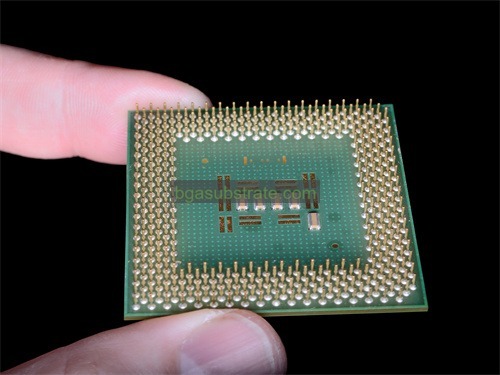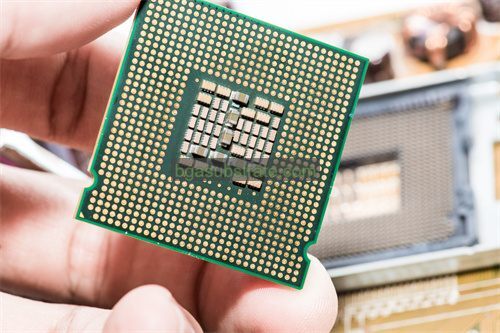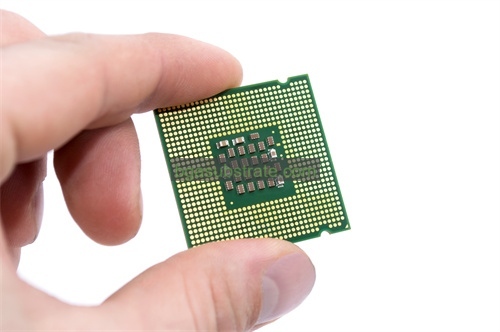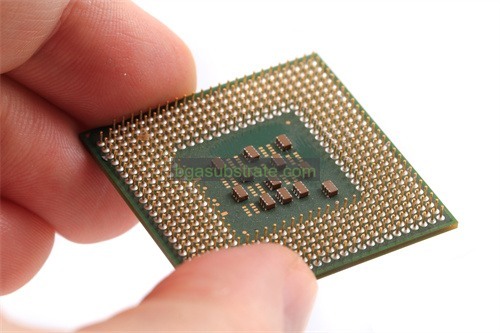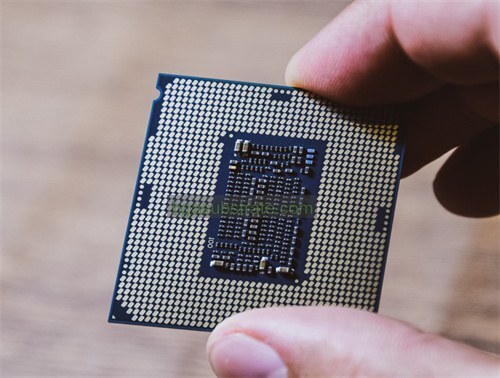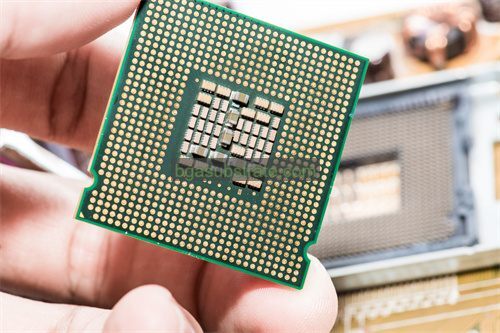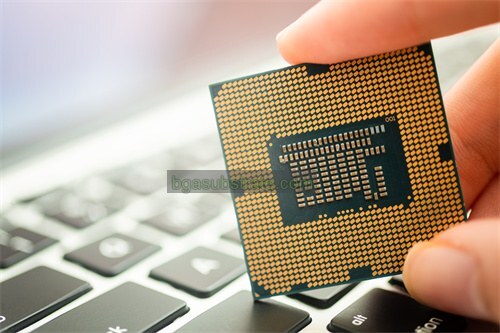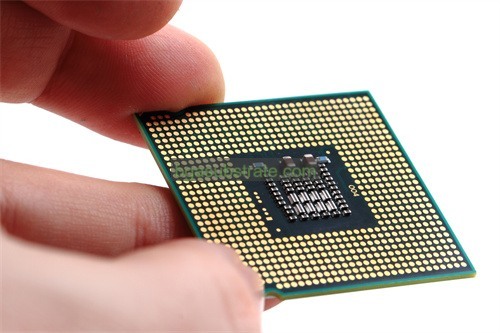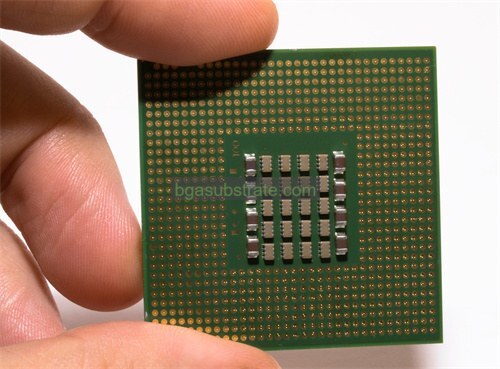메그트론 4 Substrate 생산자
메그트론 4 기판 제조업체,메그트론 4 Substrate is an advanced material renowned for its exceptional performance in high-frequency and high-speed digital applications. It features a low dielectric constant and low dissipation factor, ensuring minimal signal loss and superior signal integrity. 메그트론 4 offers excellent thermal conductivity and stability, critical for maintaining reliable operation under demanding conditions. Its robust mechanical properties include high glass transition temperature and low thermal expansion, supporting complex circuit designs and ensuring long-term reliability. Engineers value Megtron 4 Substrate for its ability to meet stringent requirements in telecommunications, 컴퓨팅, and aerospace industries, where high-performance electronic components are essential for cutting-edge applications
What is Megtron 4 Substrate?
메그트론 4 substrate is an advanced high-speed, low-loss material used in PCB (Printed Circuit Board) manufacturing. It is part of the Megtron series developed by Panasonic, known for its high thermal reliability and excellent signal transmission properties. 메그트론 4 is specifically engineered to support high-frequency applications where signal integrity is critical, 예를 들어 통신 분야, 자동차 전자 장치, and computing devices.
Key features of Megtron 4 include its low dielectric constant (εr) 그리고 낮은 손실 계수 (디에프), which contribute to minimal signal loss and high-speed transmission capabilities. These properties make it ideal for applications requiring high-frequency performance, such as RF/microwave circuits and high-speed digital designs. 메그트론 4 also exhibits good thermal stability, ensuring reliable performance under varying temperature conditions.
In PCB manufacturing, 메그트론 4 substrate materials are used to create boards that can handle complex designs with multiple layers and fine-line geometries. Its compatibility with lead-free assembly processes further enhances its suitability for modern electronic applications, meeting industry standards for reliability and performance.
전반적, 메그트론 4 substrate stands out for its combination of high-frequency performance, thermal reliability, 및 제조 가능성, making it a preferred choice for advanced electronic products demanding superior signal integrity and operational stability.
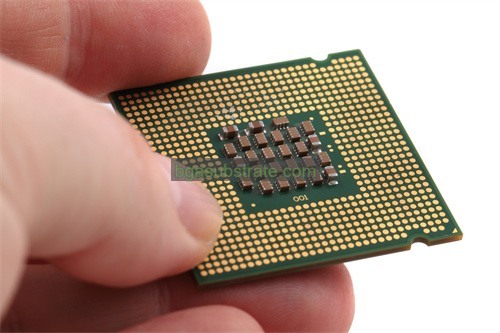
메그트론 4 기판 제조업체
What is the Megtron 4 Substrate Design Guidelines?
The design guidelines for 메그트론 4 기판 focus on optimizing its high-frequency performance and ensuring reliable manufacturing. Here are key considerations typically included in Megtron 4 substrate design guidelines:
- 재료 속성: Understand and leverage Megtron 4’s specific material properties, such as its low dielectric constant (εr) 그리고 낮은 손실 계수 (디에프), which are critical for minimizing signal loss and ensuring high-speed signal transmission.
- Stackup Design: Design the PCB stackup to maximize signal integrity and controlled impedance. This involves placing signal layers close to each other with appropriate dielectric layers in between to maintain consistent impedance throughout the board.
- Trace Geometry: Use controlled impedance trace design to match the characteristic impedance required by high-frequency signals. This includes maintaining specified trace widths, 간격, and layer transitions to minimize signal reflections and losses.
- 비아 디자인: Optimize via structures, including via types (such as microvias), sizes, and placements to reduce parasitic capacitance and inductance. Via structures should be carefully designed to maintain signal integrity, 특히 고주파 응용 분야에서.
- Power and Ground Planes: Ensure robust power and ground plane configurations to provide stable power distribution and reduce electromagnetic interference (EMI (이엠아이)). Proper plane segmentation and via stitching techniques may be necessary to enhance signal integrity.
- 열 관리: Consider thermal management techniques to handle heat dissipation effectively, ensuring that the PCB operates within safe temperature limits. This is crucial for maintaining electrical performance and reliability over the PCB’s lifespan.
- Design for Manufacturing (디에프엠): Follow DFM guidelines specific to Megtron 4 substrate manufacturing processes. These guidelines may include rules for minimum feature sizes, copper weight, via aspect ratios, and other parameters to ensure manufacturability without compromising performance.
- 환경 고려 사항: Account for environmental factors such as humidity, temperature variations, and mechanical stresses that could affect the PCB’s performance over time. Megtron 4’s thermal reliability helps mitigate some of these concerns but designing for durability is still important.
이러한 디자인 지침을 준수함으로써, engineers can maximize the benefits of Megtron 4 substrate’s advanced material properties, ensuring reliable high-frequency performance and meeting stringent requirements for modern electronic applications.
The advantages of Megtron 4 Substrate
메그트론 4 기판 offers several distinct advantages that make it highly suitable for advanced electronic applications:
- High-Frequency Performance: 메그트론 4 substrate is optimized for high-speed signal transmission with its low dielectric constant (εr) 그리고 낮은 손실 계수 (디에프). This allows for minimal signal loss and excellent signal integrity, making it ideal for RF/microwave circuits and high-speed digital designs.
- Thermal Reliability: The substrate exhibits good thermal stability, which is crucial for electronic devices operating in varying temperature environments. This reliability ensures consistent performance and longevity of PCBs using Megtron 4.
- 기계적 강도: 메그트론 4 substrate materials are designed to withstand mechanical stresses and provide enhanced mechanical strength compared to standard FR-4 materials. This makes it suitable for applications where durability and reliability under harsh conditions are required.
- Lead-Free Compatibility: It is compatible with lead-free assembly processes, meeting environmental and regulatory standards while maintaining high-performance characteristics. This compatibility makes it suitable for modern manufacturing practices and environmental initiatives.
- 신호 무결성: With its advanced material properties, 메그트론 4 helps maintain signal integrity across complex PCB designs, including fine-line geometries and multiple layers. This capability is essential for ensuring reliable operation of high-frequency and high-speed electronic systems.
- 제조 가능성: 메그트론 4 substrate materials are designed with manufacturability in mind, supporting efficient PCB fabrication processes. This includes compatibility with standard PCB manufacturing equipment and processes, facilitating ease of integration into production workflows.
- Application Versatility: Due to its high-performance characteristics, 메그트론 4 substrate is used across various industries, 통신 포함, 자동차 전자 장치, 항공 우주, 및 컴퓨팅. It can handle diverse applications ranging from data communication to radar systems, benefiting from its versatility and reliability.
전반적, 메그트론 4 substrate stands out for its combination of high-frequency capability, thermal reliability, 기계적 강도, 및 제조 가능성, making it a preferred choice for demanding electronic applications where performance and durability are paramount.
What is the Megtron 4 Substrate Fabrication Process?
The fabrication process of Megtron 4 substrate involves several key steps to ensure the material’s high-performance characteristics are preserved and integrated into the PCB manufacturing process. Here are the typical steps involved:
- 재료 선택: 메그트론 4 substrate material is chosen based on its specific properties, including low dielectric constant (εr), low dissipation factor (디에프), 그리고 열 안정성. This material selection is critical for achieving high-speed signal transmission and reliability.
- Preparation of Substrate Materials: The raw Megtron 4 material sheets are prepared by cutting them into the required sizes and shapes for PCB manufacturing. This step ensures uniformity and consistency in material properties across the PCB panels.
- 드릴링: Holes for vias and through-holes are drilled into the Megtron 4 substrate panels according to the PCB design specifications. Precision drilling is crucial to maintain tight tolerances and ensure proper alignment of vias for signal integrity.
- Layer Stacking: Multiple Megtron 4 substrate layers, along with other materials like prepreg (dielectric material), copper foils, and adhesive layers, are stacked together according to the PCB stackup design. This layer stacking is done to create the desired number of signal, power, and ground layers.
- Copper Cladding: Copper foils are laminated onto both sides of the Megtron 4 substrate panels through a combination of heat and pressure. This process forms the conductive layers necessary for routing electrical signals throughout the PCB.
- Pattern Imaging: A photoresist layer is applied and exposed to UV light through a photomask that defines the circuit pattern. This pattern defines the traces, 패드, and vias that will conduct electricity across the PCB.
- 에칭: Chemical etching removes excess copper from the substrate, leaving behind the circuit traces defined by the pattern imaging step. Etching is precise and ensures the integrity of signal paths on the PCB.
- 표면 마감:Surface finish processes are applied to protect exposed copper traces and pads from oxidation and to facilitate soldering during assembly. Common surface finishes include HASL (열풍 솔더 레벨링), 에니그 (무전해 니켈 침지 금), and OSP (Organic Solderability Preservatives).
- 솔더 마스크 적용: A solder mask layer is applied over the PCB surface, leaving openings (exposed pads) for soldering components. The solder mask protects the PCB from solder bridges and environmental factors.
- Silkscreen Printing: Identification marks, component outlines, and other text or symbols are printed onto the PCB surface using silkscreen printing. This step helps in component placement and PCB assembly.
- 테스트 및 검사: After fabrication, the Megtron 4 PCBs undergo rigorous testing and inspection processes to ensure they meet design specifications and quality standards. 여기에는 전기 테스트가 포함됩니다, dimensional checks, 그리고 육안 검사.
- Final Finishing: PCB panels are routed or scored to separate individual PCBs. Final finishing processes, such as edge plating and deburring, may also be performed to prepare PCBs for assembly.
By following these fabrication steps, manufacturers can leverage the unique properties of Megtron 4 substrate to produce high-performance PCBs suitable for applications requiring high-frequency performance, thermal reliability, 및 기계적 견고성.
The application of ceramic Megtron 4 Substrate
메그트론 4, 그 이름에도 불구하고, is not a ceramic substrate; it’s actually an advanced type of high-performance PCB (Printed Circuit Board) material developed by Panasonic. This material is specifically designed to meet the demanding requirements of high-frequency and high-speed electronic applications. Here are some common applications where Megtron 4 substrate is used:
- 통신: 메그트론 4 substrate is widely used in telecommunications equipment, 베이스 스테이션 포함, 안테나, and communication modules. 그것의 낮은 유전 상수 (εr) 그리고 낮은 손실 계수 (디에프) ensure minimal signal loss and excellent signal integrity, crucial for reliable data transmission.
- High-Speed Digital Systems: In digital systems requiring high data transfer rates, such as servers, network switches, and routers, 메그트론 4 substrate supports high-speed signal transmission and helps maintain signal integrity across the PCB.
- RF/Microwave Circuits: Due to its superior high-frequency performance, 메그트론 4 is ideal for RF (무선 주파수) 그리고 마이크로파 응용(microwave applications). It is used in radar systems, 위성 통신, and other RF devices where precise signal transmission and reception are critical.
- 자동차 전장: 메그트론 4 substrate finds applications in automotive electronics, especially in advanced driver-assistance systems (ADAS (장애인)), radar sensors, and vehicle communication networks. Its thermal reliability and mechanical strength make it suitable for the harsh operating conditions in automotive environments.
- 항공우주 및 방위 산업: The aerospace and defense industries utilize Megtron 4 substrate in avionics systems, radar equipment, and military communication devices. Its ability to withstand extreme temperatures and mechanical stresses ensures reliable performance in aerospace applications.
- 의료 전자 장치: In medical equipment and devices, 메그트론 4 substrate supports the high-speed processing and transmission of data in diagnostic imaging systems, patient monitoring devices, and medical instrumentation.
- 산업용 전자 제품: 메그트론 4 is used in industrial applications such as control systems, 로봇공학, and industrial automation where high reliability and performance under challenging environmental conditions are essential.
요약하면 다음과 같습니다, 메그트론 4 substrate is chosen for applications requiring advanced electrical performance, 열 안정성, 그리고 기계적인 내구성. Its versatility and reliability make it a preferred choice across various industries where high-frequency and high-speed electronic systems are deployed.
FAQs about Megtron 4 Substrate
What is Megtron 4 기판?
메그트론 4 substrate is an advanced type of PCB (Printed Circuit Board) material developed by Panasonic. It is known for its high-frequency performance, low dielectric constant (εr), 그리고 낮은 손실 계수 (디에프), making it ideal for applications requiring reliable signal transmission.
What are the key advantages of Megtron 4 기판?
메그트론 4 substrate offers advantages such as excellent signal integrity, thermal reliability, 기계적 강도, and compatibility with lead-free assembly processes. It is suitable for high-speed digital, RF/microwave, 자동차, 항공 우주, and other demanding electronic applications.
Where is Megtron 4 substrate used?
메그트론 4 substrate is used in telecommunications equipment, high-speed digital systems, RF/microwave circuits, 자동차 전자 장치, aerospace and defense applications, medical electronics, 및 산업용 전자 제품.
How does Megtron 4 substrate compare to standard PCB materials like FR-4?
Compared to standard PCB materials like FR-4, 메그트론 4 offers superior high-frequency performance and lower signal loss. It also provides better thermal stability and mechanical strength, making it suitable for more demanding applications.
What are the manufacturing considerations for Megtron 4 기판?
Manufacturing Megtron 4 substrate involves processes such as material selection, layer stacking, precision drilling, copper cladding, 에칭, 표면 마감, and testing. These processes ensure the material’s properties are preserved for optimal PCB performance.
Is Megtron 4 substrate environmentally friendly?
메그트론 4 substrate is compatible with lead-free assembly processes, meeting environmental and regulatory standards. Its use in electronics manufacturing supports sustainability efforts by reducing environmental impact.
 귀하의 웹 사이트 이름
귀하의 웹 사이트 이름


